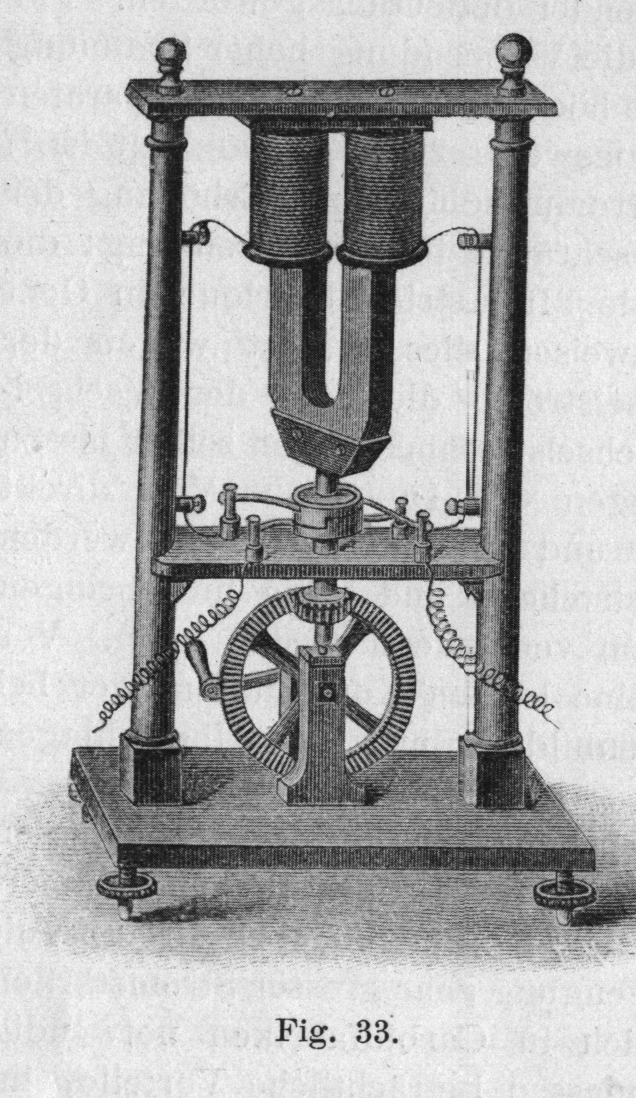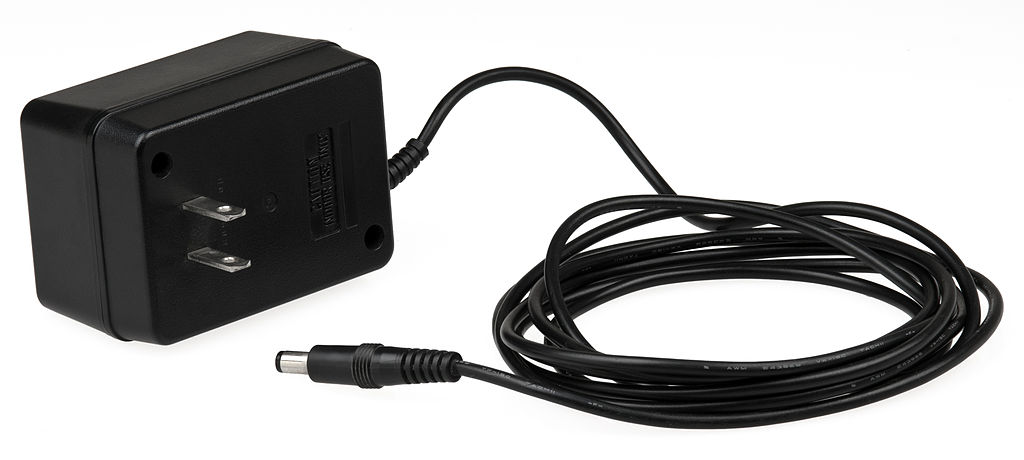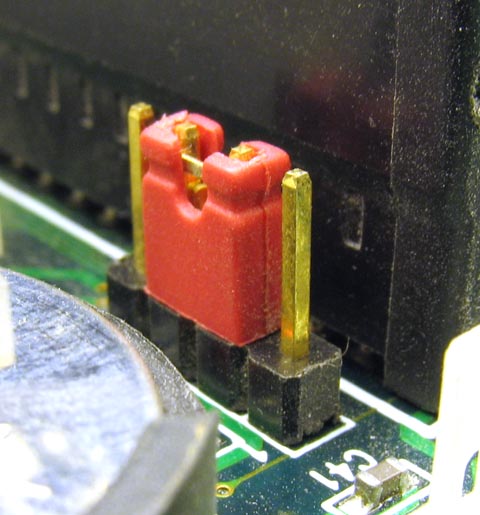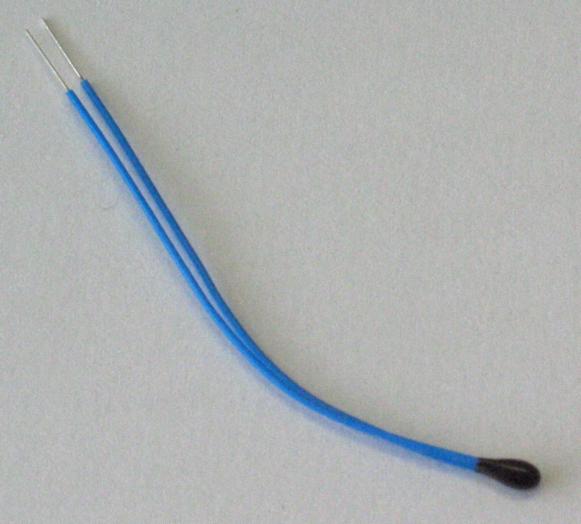The table of contents was limited to the first 1000 articles out of 4583 total. Click here to view all children of Area of technology.
It basically came about because of the endless stream of useless software startups made since the 2000's by one or two people with no investments with the continued increase in computers and Internet speeds until the great wall was reached.
Deep tech means not one of those. More specifically, it means technologies that require significant investment in expensive materials and laboratory equipment to progress, such as molecular biology technologies and quantum computing.
And it basically comes down to technologies that wrestle with the fundamental laws of physics rather than software data wrangling.
Computers are of course limited by the laws of physics, but those are much hidden by several layers of indirection.
Full visibility, and full control, make computer tasks be tasks that eventually always work out more or less as expected.
The same does not hold true when real Physics is involved.
Physics is brutal.
To start with, you can't even see your system very clearly, and often doing so requires altering its behaviour.
For example, in molecular biology, most great discoveries are made after some new technique is made to be able to observe smaller things.
But you often have to kill your cells to make those observations, which makes it very hard to understand how they work dynamically.
What we would really want would be to track every single protein as it goes about inside the cell. But that is likely an impossible dream.
The same for the brain. If we had observations of every neuron, how long would it take to understand it? Not long, people are really good at reverse engineering things when there is enough information available to do so, see also science is the reverse engineering of nature.
Then, even when you start to see the system, you might have a very hard time controlling it, because it is so fragile. This is basically the case of quantum computing in 2020.
The next big things will come from deep tech. Failure is always a possibility, and you can't know before you try.
But that's also why its so fun to dare.
Stuff that Ciro Santilli considers "deep tech" as of 2020:
- brain-computer interface
- fusion power. The question there is, when is "deep", "too deep"?
Applications of power, we have to remember it is there to notice how awesome it is!
- lightning
- motors
- sending nad receiving communication signals
- computers, which in turn can do computations and improved communication
- www.iter.org/sci/MakingitWork ITER page mentions that 80% of energy goes out on neutrons and that capturing this is a major challenge[ref]
- 2024 DARPA announcement: x.com/DARPA/status/1819112110988657075
We're requesting info & ideas for fundamental breakthroughs to enable high-power, direct conversion from nuclear energy into electricity by converting reactor neutrons to alphas or betas for voltaics.
The Soviet Union's Deadly Abandoned Nuclear Generators by Andy Mcloone
. Source. - youtu.be/NT8-b5YEyjo?t=1435 epic orphan source recovery video
Most promising approaches as of 2020:
Why Private Billions Are Flowing Into Fusion by Bloomberg (2022)
Source. - Joint European Torus
- General Fusion: compress with liquid metal. Intends to demo in JET site.
- Helion Energy: direct fusion to electricity conversion without steam, direct from magnetic field movements
- First Light: shootjobs.lever.co/proximafusion/23aab9a8-34ec-40d2-bb14-440f1130021c microscopic objct at a target to crush it so much that fusion happens
- 2025 techcrunch.com/2025/09/01/every-fusion-startup-that-has-raised-over-100m/ Every fusion startup that has raised over $100M
Once again, relies on superconductivity to reach insane magnetic fields. Superconductivity is just so important.
Ciro Santilli saw a good presentation about it once circa 2020, it seems that the main difficulty of the time was turbulence messing things up. They have some nice simulations with cross section pictures e.g. at: www.eurekalert.org/news-releases/937941.
Operated by a hand crank.
Positive center is way more popular: gearspace.com/board/electronic-music-instruments-and-electronic-music-production/1222518-center-negative-vs-center-positive-power-supply.html
This notation is designed to be relatively easy to write. This is achieved by not drawing ultra complex ASCII art boxes of every component. It would be slightly more readable if we did that, but prioritizing the writer here.
Two wires are only joined if but the following are:
+ is given. E.g. the following two wires are not joined: |
--|--
| |
--+--
|Simple symmetric components:
-,+and|: wireAC: AC source. Parameters:e.g.:If only one side is given, the other is assumed to be at a groundAC_1Hz_2VG.C: capacitorG: ground. Often used together withDC, e.g.:means applying a voltage of 10 V across a 10 Ohm resistor, which would lead to a current of 1 ADC_10---R_10---GL: inductorMICROPHONE. As a multi-letter symmetric component, you can connect the two wires anywhere, e.g.or:---MICROPHONE---| MICROPHONE |SPEAKERR: resistorSQUID: SQUID deviceX: Josephson junction
Asymmetric components have multiple letters indicating different ports. The capital letter indicates the device, and lower case letters the ports. The wires then go into the ports:
D: diodeSample usage in a circuit:a: anode (where electrons can come in from)c: cathode
Can also be used vertically like aany other circuit:--aDc--We can also change the port order, the device is still the same due to capital| a D c |D:--cDa-- | Dac-- | Dca-- | --caDDCDC source. Ports:E.g. a 10 V source with a 10 Ohm resistor would be:p: positiven: negative
If only one side is given, the other is assumed to be at a the ground+---pDC_10_n---+ | | +----R_10------+G. We can also omitpandmin that case and assume thatpis the one used, e.g. the above would be equivalent to:If the voltage is not given, it is assumed to be a variable voltage power supply.DC_10---R_10---GLED: same as diodeI: electric current source. Ports:P: potentiometer source. Ports:1: one of the sides2: the middle3: the other side
T: transistor. The ports aresgTd:Sample usage in a circuit:s: sourceg: gated: gate
All the following are also equivalent:---+ | --sgTd--| g --sTd-- | --Tsgd-- |- ports can also be separated by double underscores from the component names to increase readability. Single underscores can also be used to increase readability of longer multi-word component names e.g.:which is the same as:
RPI_PICO_W__1gp0__3gnd | | R_2k | | | +-aLEDc-+represents a circuit linking port 1 of a Raspberry Pi Pico W, which is GPIO pin 0, through a resistor and an LED, back to pin 3 of the board, which is ground.RPI_PICO_W 1gp0 3gnd | | R_2k | | | +-aLEDc-+
Numbers characterizing components are put just next to each component with an underscore. When there is only one parameter, standard units are assumed, e.g.:means:Micro is denoted as
+-----+
| |
C_1p R_2k
| |
+-----+u.Wires can just freely come in and out of specs of a component, they are then just connected to the component, e.g.:means applying a voltage of 10 V across a 10 Ohm resistor, which would lead to a current of 1 A
DC_10---R_10---GIf a component has more than two parameters, units are used to distinguish them when possible, e.g.:means an AC source with:
AC_1kV_2MHzOne more more electrical wires surrounded by an insulator.
Main implementations: the same as electronic switches: vacuum tubes in the past, and transistors in the second half of the 20th century.
How to make an LM386 audio amplifier circuit by Afrotechmods (2017)
Source. Builds the circuit on a breadboard from minimal components, including one discrete transistor. Then plays music from phone through headset cables into a speaker.They can only absorb electrons up to a certain point, but then the pushback becomes too strong, and current stops.
Therefore, they cannot conduct direct current long term.
For alternating current however, things are different, because in alternating current, electrons are just jiggling back and forward a little bit around a center point. So you can send alternating current power across a capacitor.
The key equation that relates Voltage to electric current in the capacitor is:So if a voltage Heavyside step function is applied what happens is:More realistically, one may consider the behavior or the series RC circuit to see what happens without infinities when a capacitor is involved as in the step response of the series RC circuit.
- the capacitor fills up instantly with an infinite current
- the current then stops instantly
Finding capacitance with an oscilloscope by Jacob Watts (2020)
Source. Good experiment.Pieter van Musschenbroek is the perfect example that if your surname is too complicated, things you invent will not be named after you!
Ideally can be thought of as a one-way ticket gate that only lets electrons go in one direction with zero resistance! Real devices do have imperfections however, so there is some resistance.
First they were made out of vacuum tubes, but later semiconductor diodes were invented and became much more widespread.
I-V curve of a diode
. Source. This image shows well how the diode is only an approximation of the ideal one way device. Notably, there is this non-ideal voltage drop across the device, which can be modelled as constant. It is however an exponential in fact.Diodes Explained by The Engineering Mindset (2020)
Source. Good video:- youtu.be/Fwj_d3uO5g8?t=153 how it works
- youtu.be/Fwj_d3uO5g8?t=514 applications:
- protection against accidental battery inversion
- rectifiers, notably mentions a diode bridge
The first diodes. These were apparently incredibly unreliable, especially for portable radios, as you had to randomly search for the best contact point you could find in a random polycrystalline material!!
And also quality was highly dependant on where the material was sourced from as that affected the impurities present in the material. Later this was understood to be an issue of doping.
It was so unreliable that vacuum tube diodes overtook them in many applications, even though crystal detectors are actually semiconductor diodes, which eventually won over!
For a long time, before artificial semiconductors kicked in, people just didn't know the underlying physical working principle of these detectors. What I cannot create, I do not understand basically.
They were superseded by transistor radios, which were much more reliable, portable and could amplify the signal received.
GPIO generally only supports discrete outputs.
But for some types of hardware, like LEDs and some motors, the system has some inertia, and if you switch on and off fast enough, you get a result similar to having an intermediate voltage.
So with pulse width modulation we can fake analog output from digital output in a good enough manner.
Notably used to connect:
- pin headers
- breadboard holes
You can buy large sets of them in combitation of male/male, male/female, female/female. Male/male is perhaps the most important
These often come pre-soldered on devboards, e.g. and allow for easy access to GPIO pins. E.g. they're present on the Raspberry Pi 2.
Why would someone ever sell a devboard without them pre-soldered!
6x1 pin header
. Source. Underside of a Raspberry Pi 2
. Source. At the top of this image we can clearly see how the usually pre-soldered pin header connectors go through the PCB and are soldered on both sides.Allows you to connect two adjacent pins of a pin header. Sometimes used as a hardware configuration interface!
Oscillators: RC, LC, Crystal by GreatScott! (2015)
Source. Good video. Contains actual breadboard experiments on oscilloscope and circuit diagrams- youtu.be/eYVOdlK15Og?t=66 RC oscillator on breadboard. Produces rectangular wave. Mentions popular integrated circuit that does it: 555 timer IC.
- youtu.be/eYVOdlK15Og?t=175 LC oscillators allows for higher frequencies. Produces sinusoidal output on MHz range. Uses an amplifier to feed back into input and maintain same voltage. Hard to make reliably on breadboard.
- youtu.be/eYVOdlK15Og?t=315 crystal oscillator. Mentions it acts like an LC oscillators. Shows and equivalent model. Wish he had talked more about them. You need support components around it: similarly to the LC case, the amplifier is generally not packaged in.
Oscillator made of an LC circuit.
From Raw Crystal to Crystal oscillator
. Source. by United States Army Signal Corps (1943)How LEDs work by VirtualBrain
. Source. 2021. Good 3d schematics clearly explaining part of the LED electronic package.How are LED Chips and LED Encapsulation is made by Future Linear
. Source. Starts from some level of cut square chips. Still in round wafer form.www.reddit.com/r/Optics/comments/18f6bdt/comment/kcsiook/ mentions:
LEDs are broadband by nature, since the spontaneous emission broadly speaking reflects the overlap of the Fermi distribution and the density of states
Bibliography:
It resists to change in electric current. Well seen at: Video "LC circuit by Eugene Khutoryansky (2016)".
Articles were limited to the first 100 out of 4583 total. Click here to view all children of Area of technology.
Articles by others on the same topic
There are currently no matching articles.














